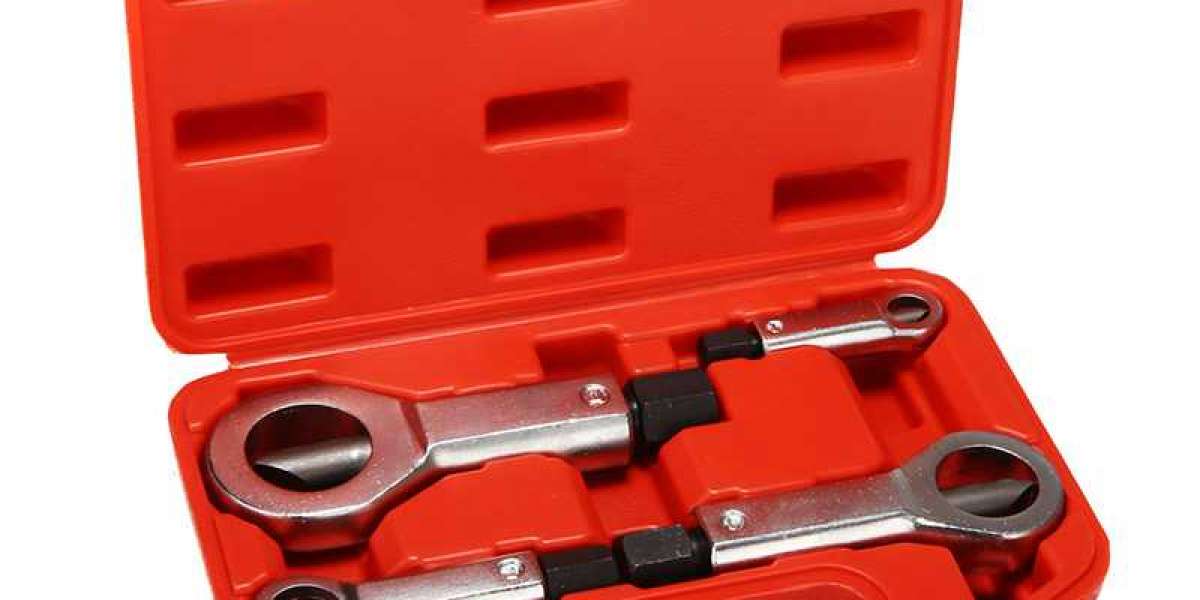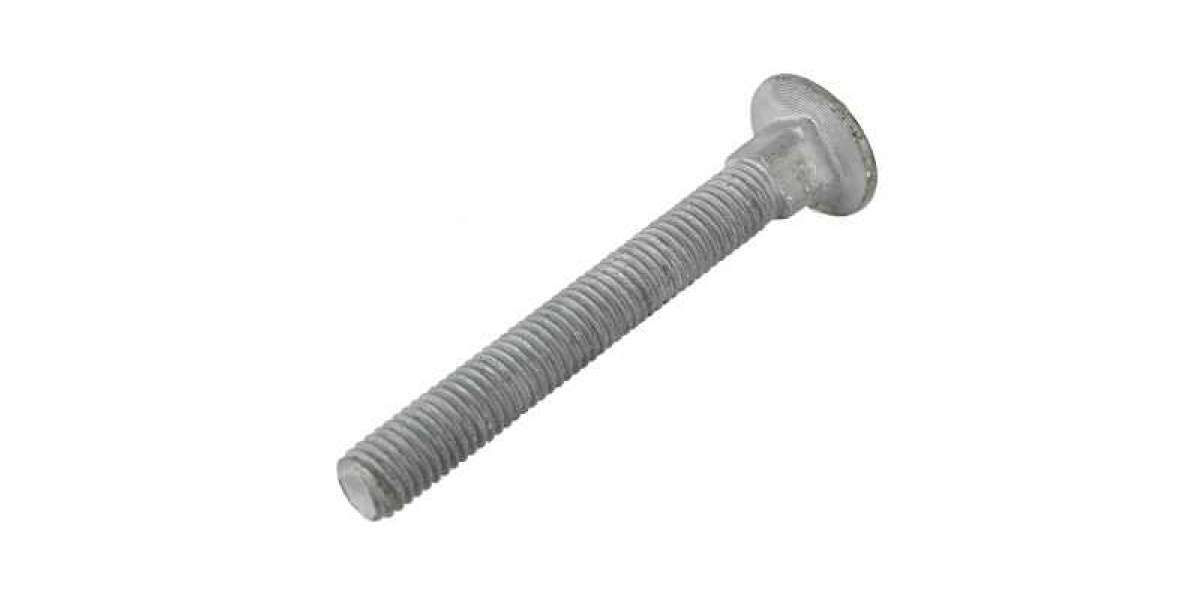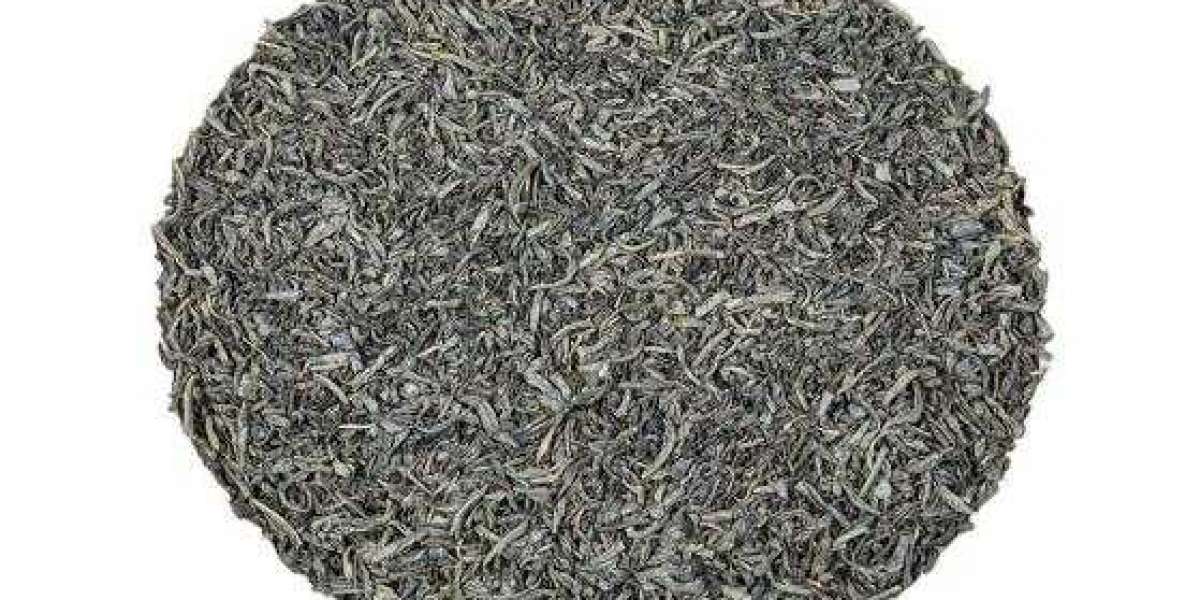The materials used to make cutting tools must have high high temperature hardness and wear resistance, as well as certain necessary bending strength, impact toughness and chemical inertness, and good manufacturability (cutting, forging, heat treatment, etc.), which is not easy Deformed.
Generally, when the hardness of the material of the cutting tool is high, the wear resistance will increase accordingly; when the bending strength is high, the impact toughness will also be high. But under normal circumstances, the higher the material hardness, the lower its flexural strength and impact toughness. High-speed steel is still the most widely used cutting tool material because of its high bending strength, impact toughness, and good machinability, followed by cemented carbide.
Polycrystalline cubic boron nitride is suitable for cutting high hardness hardened steel and hard cast iron, etc.; polycrystalline diamond is suitable for cutting non-ferrous metals and alloys, plastics and glass steel, etc.; carbon tool steel and alloy tool steel can only be used For files, dies and taps and other tools.
The cemented carbide indexable inserts are coated with titanium carbide, titanium nitride, aluminum oxide hard layer or composite hard layer by chemical vapor deposition. The physical vapor deposition method under development can be used not only for cemented carbide cutting tools, but also for high-speed steel cutting tools, such as drills, hobs, taps and milling cutters. The hard coating acts as a barrier to hinder chemical diffusion and thermal conduction, slowing down the wear rate of cutting tools during cutting, and the life of the coated blade is approximately 1 to 3 times longer than that of the uncoated blade.
Due to the high temperature, high pressure, and high speed, more and more difficult-to-machine materials are used for parts that work in corrosive fluid media, and the automation level of cutting and the requirements for machining accuracy are getting higher and higher. In order to adapt to this situation, the development direction of cutting tools will be the development and application of new cutting tool materials; the further development of vapor deposition coating technology for cutting tools, the deposition of higher hardness coatings on high toughness and high strength substrates, and more Solve the contradiction between the hardness and strength of cutting tool materials; further develop the structure of indexable cutting tools; improve the manufacturing accuracy of cutting tools, reduce the difference in product quality, and optimize the use of cutting tools.
The above are the materials that will be used in the cutting tools wholesale market.



